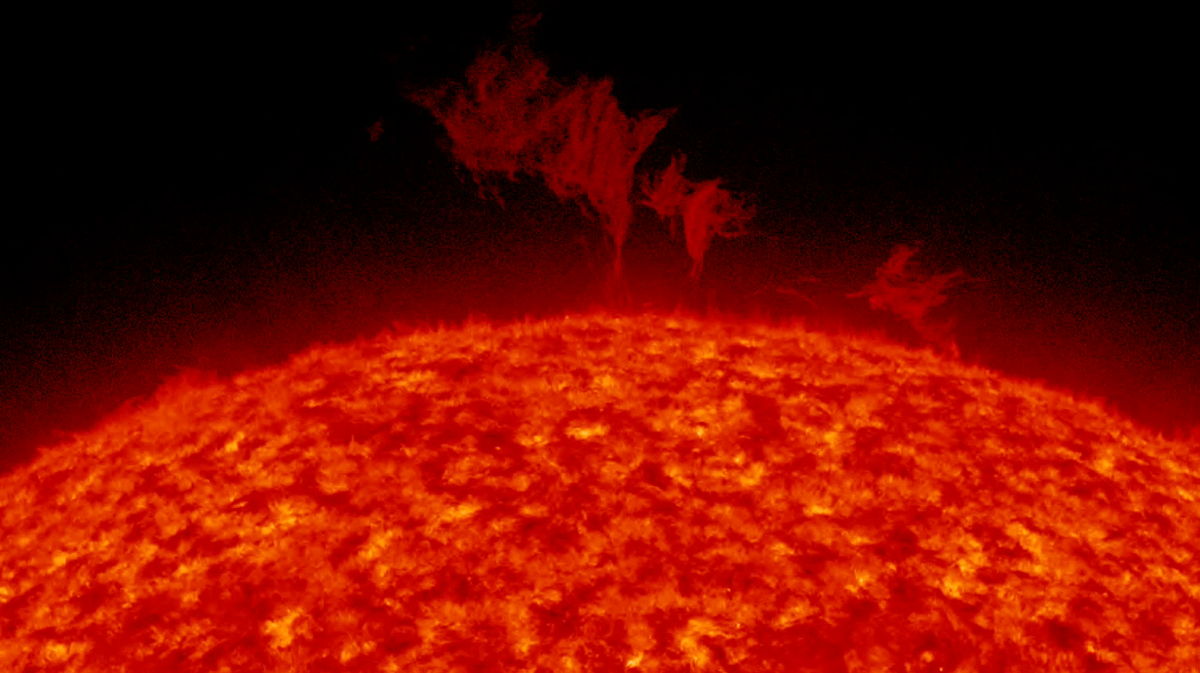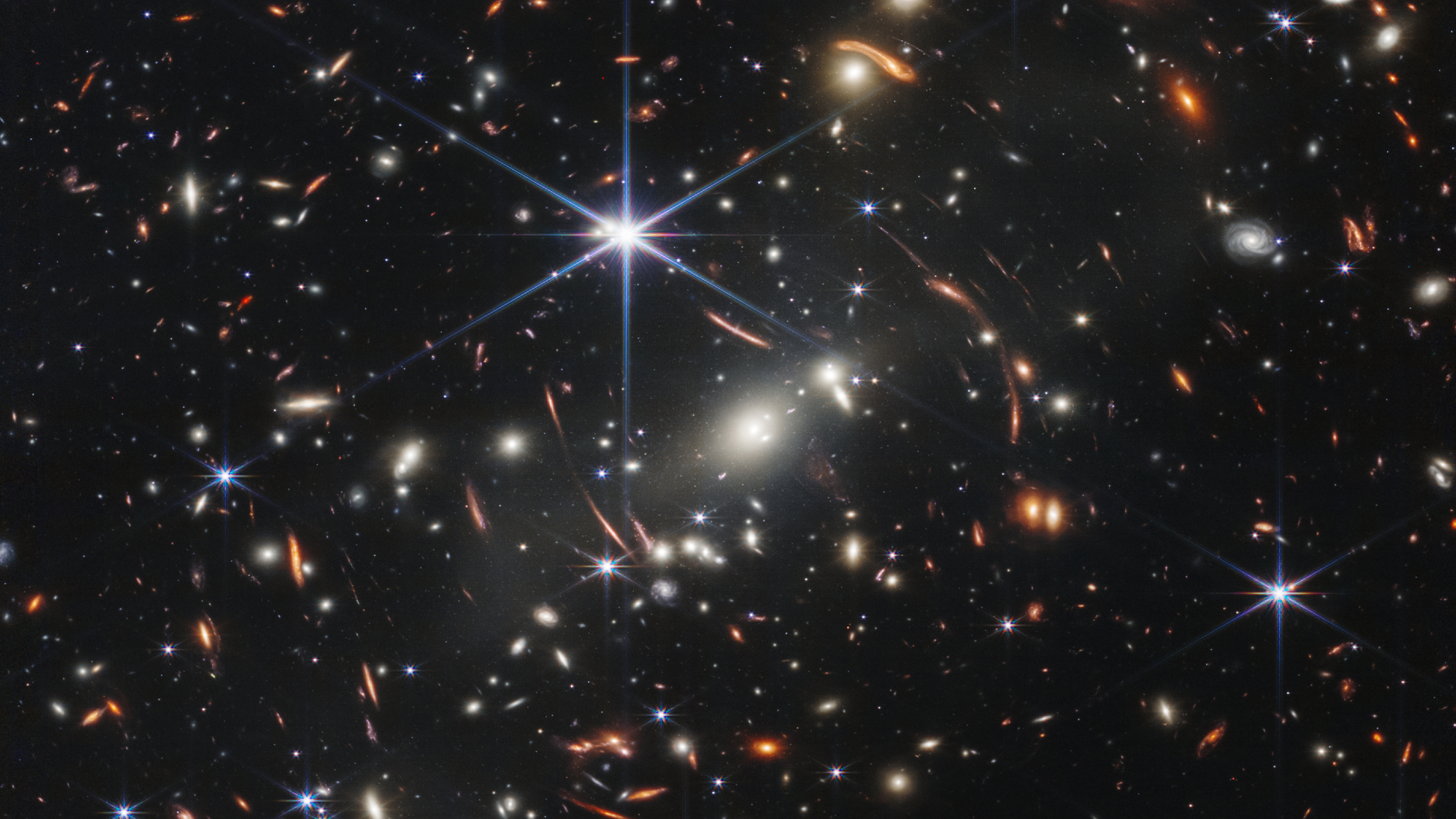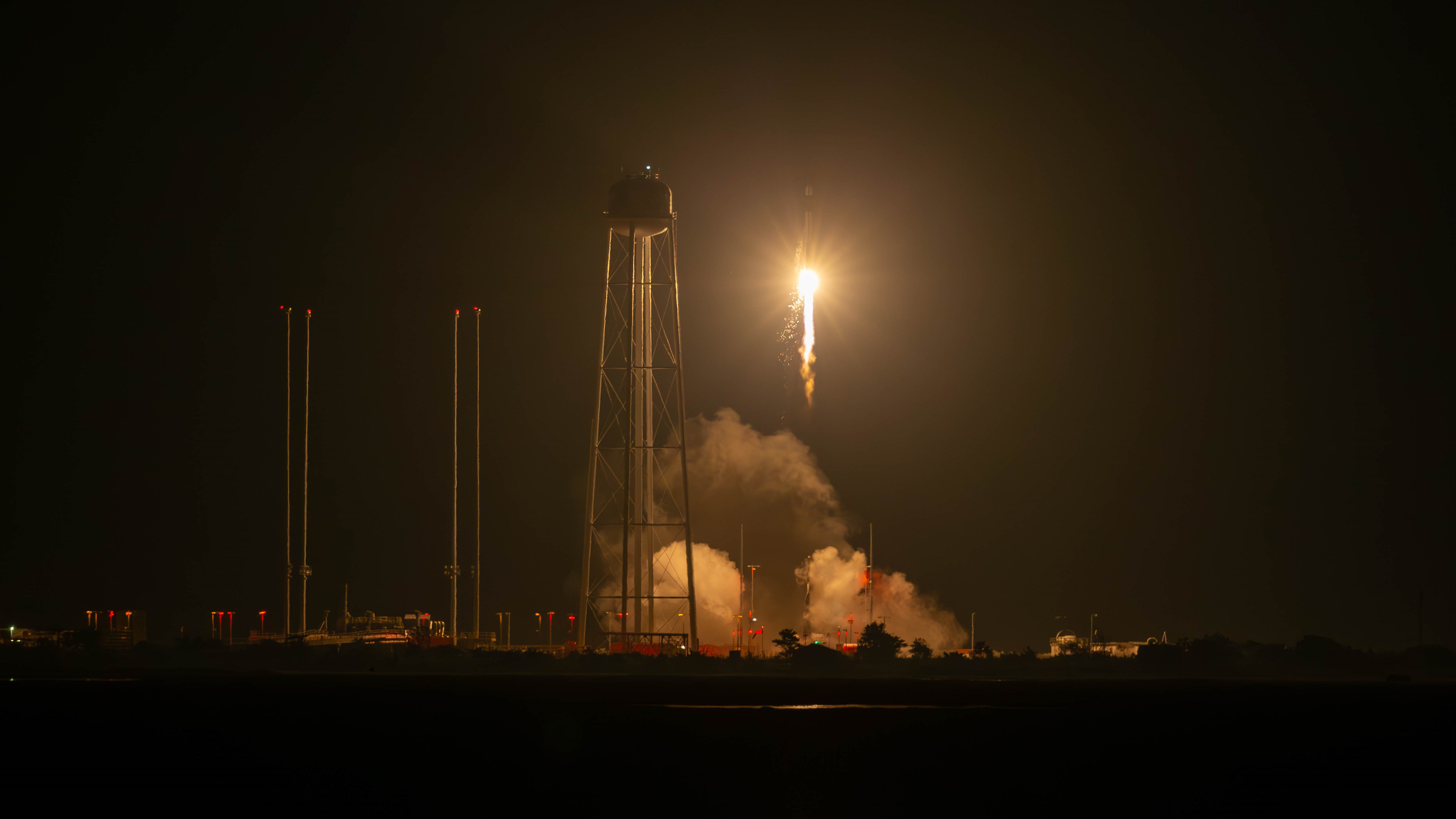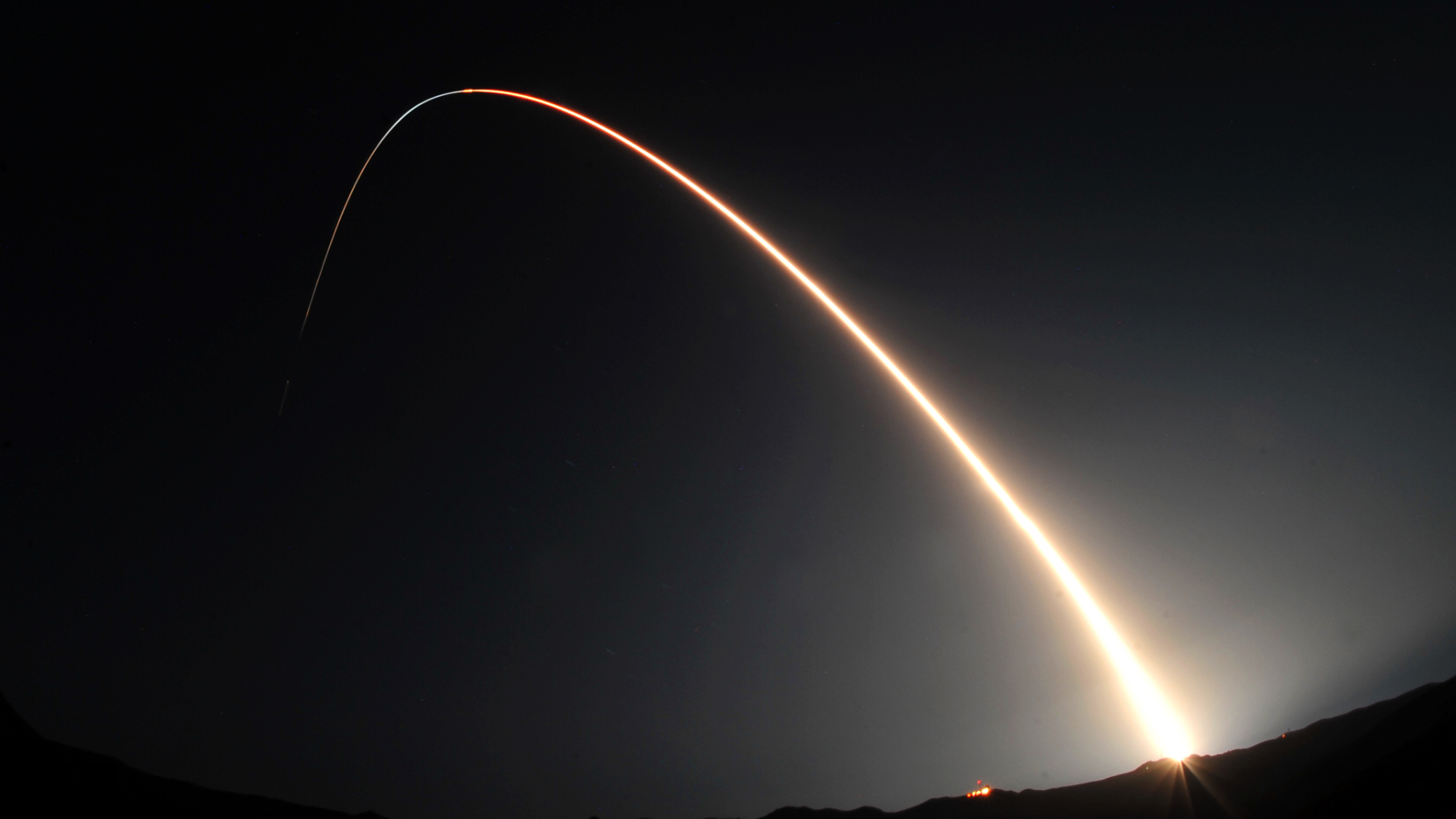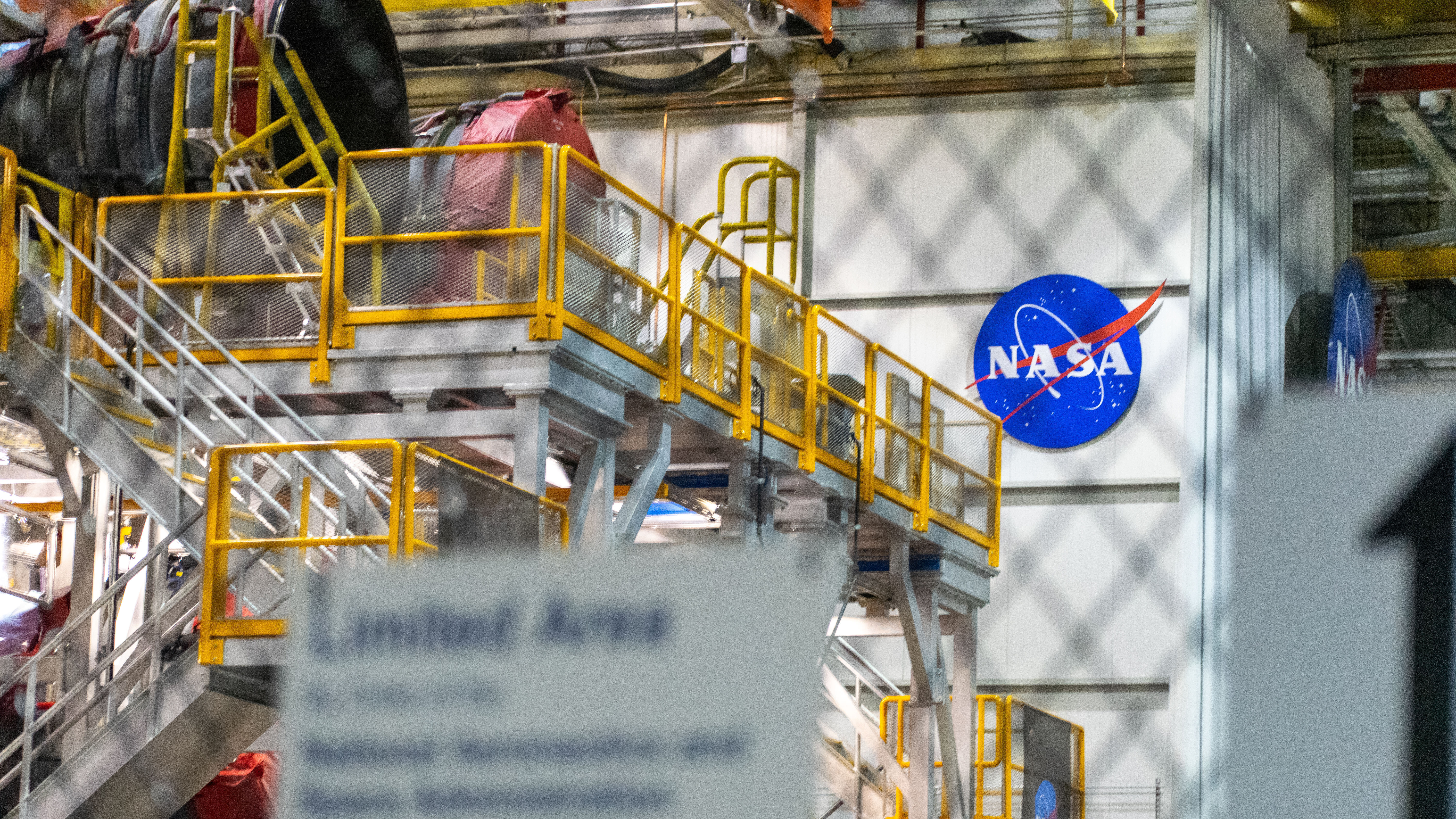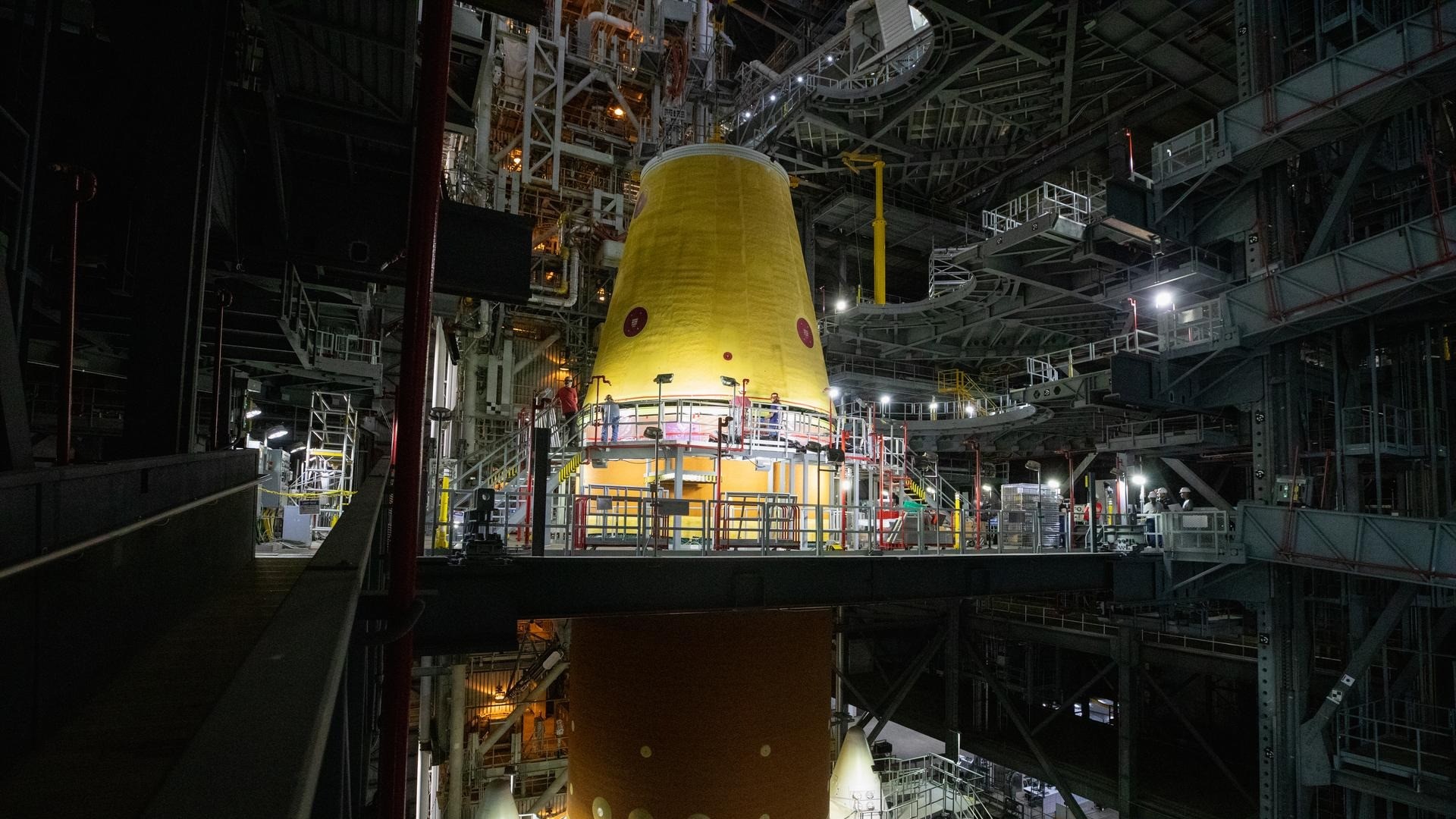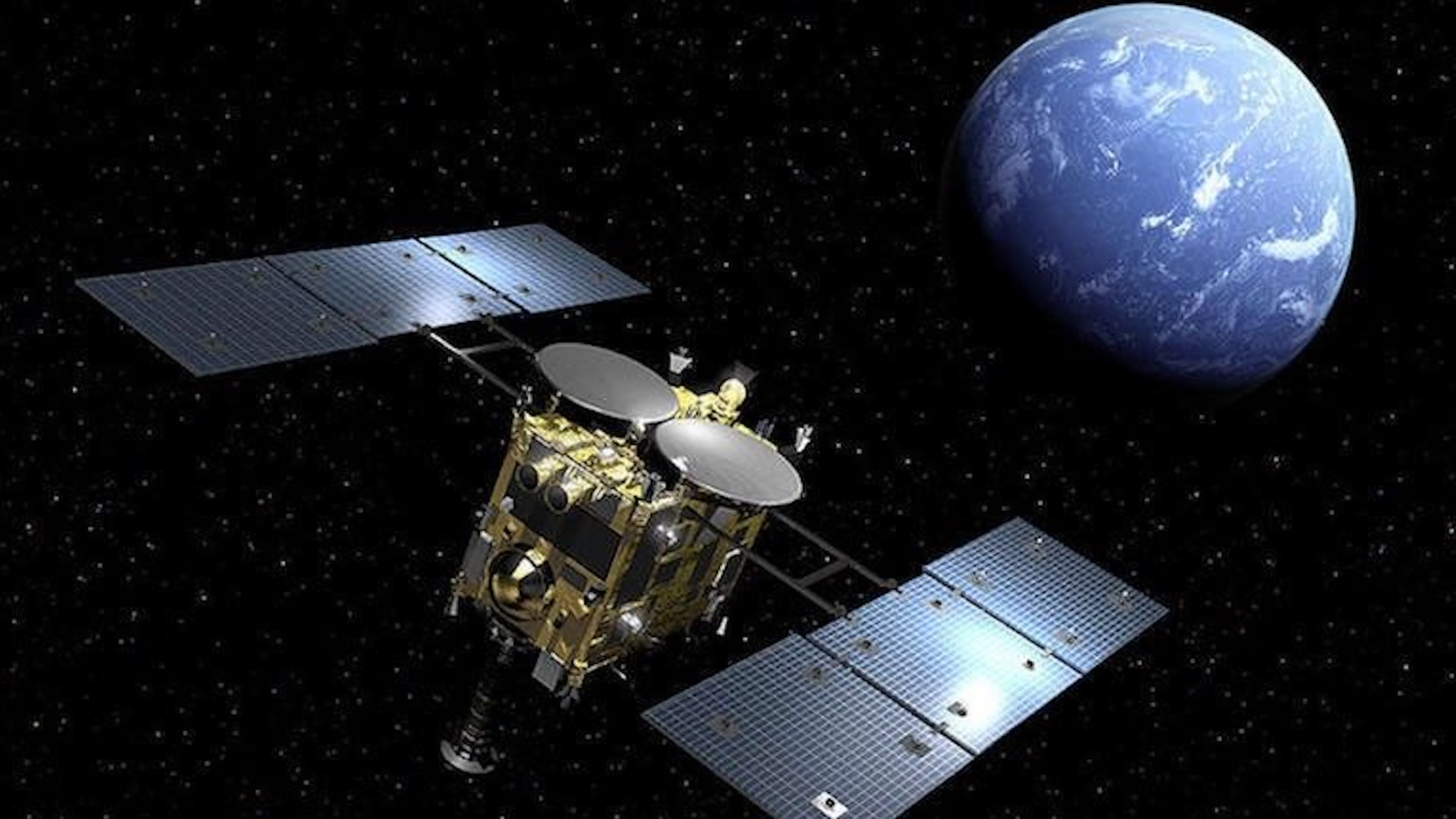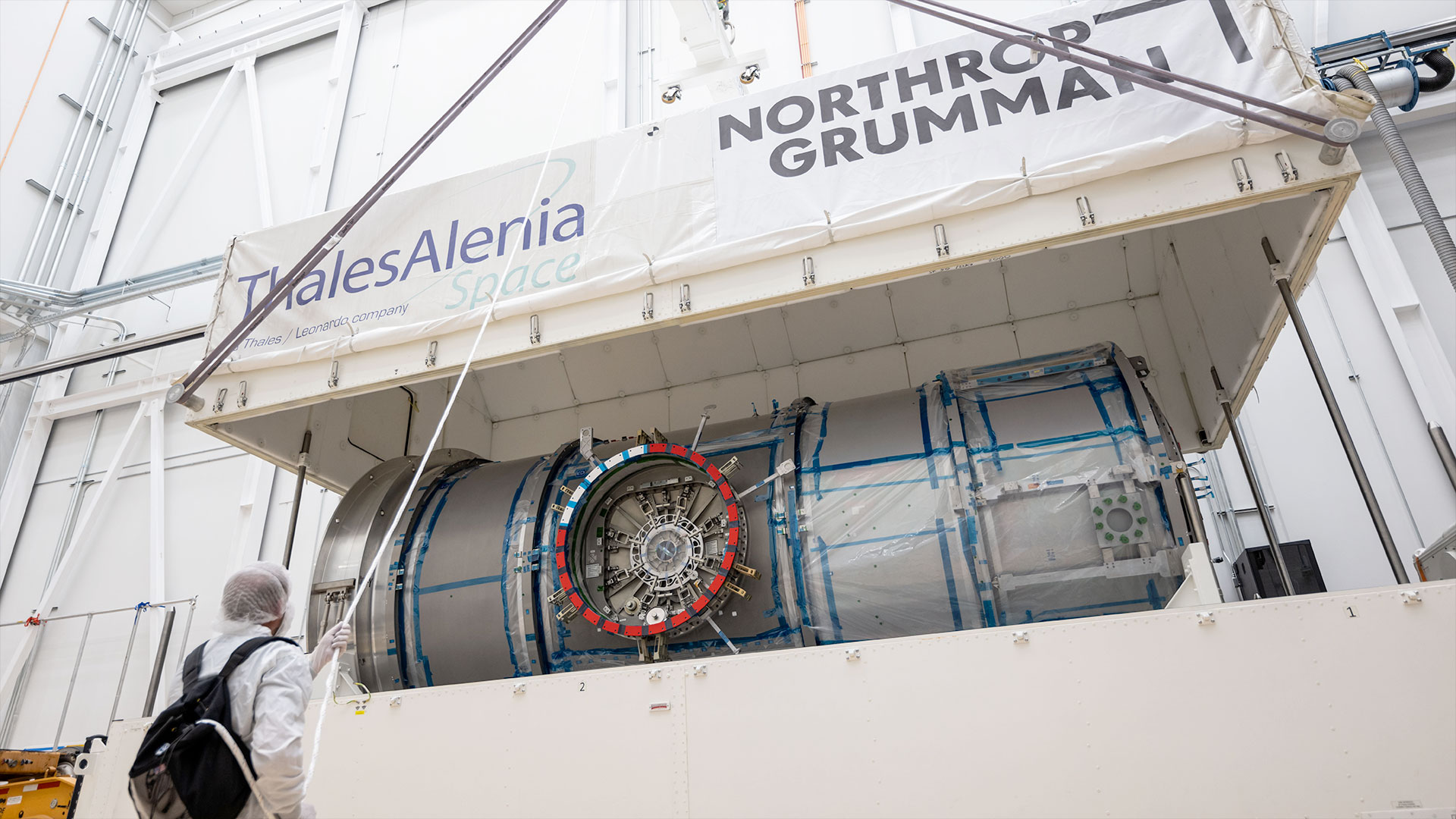Mirosław Hermaszewski, first Pole to fly into space, dies at 81
Hermaszewski conducted science aboard the Soviet Union's Salyut 6 space station.

Mirosław Hermaszewski, who was the first, and to date, only citizen of Poland to fly into space, has died at the age of 81.
Hermaszewski's death on Monday (Dec. 12) was confirmed by his son-in-law, Ryszard Czarnecki, a member of the European Parliament, in a post on Twitter.
"On behalf of the family, I confirm the very sad news about the death of General Miroslaw Hermaszewski — the first Polish cosmonaut, a great pilot, a good husband and father, and a beloved grandfather," Czarnecki tweeted. "He left for eternal watch."
Related: Russian and Soviet space stations throughout history
As a pilot in the Polish Air Force, Hermaszewski was selected as one of 500 candidates to potentially become his country's first spaceman — only he did not know it at the time. Initially kept in the dark about what he and his fellow pilots were being tested for, it was not until the group was narrowed did Hermaszewski learn where the process was leading.
Finally, in November 1976, Hermaszewski, together with his fellow countryman Zenon Jankowski, was chosen with other finalists from Germany and Czechoslovakia to join the Interkosmos program, a Soviet initiative that invited allies to train and launch their citizens on Russian space missions.
After two years of basic training at the Yuri Gagarin Cosmonaut Training Center in Star City, Russia, Hermaszewski was assigned to fly with Soviet cosmonaut Pyotr Klimuk on Soyuz 30, an 8-day mission to the Salyut 6 space station.
Get the Space.com Newsletter
Breaking space news, the latest updates on rocket launches, skywatching events and more!
"I, a citizen of the Polish People's Republic, feel honored being granted the opportunity to carry out a spaceflight on the Soviet ship Soyuz 30 and the orbital station Salyut 6. The confidence entrusted in me I will not disappoint," said Hermaszewski just minutes before he and Klimuk lifted off from the Baikonur Cosmodrome in Kazakhstan on June 27, 1978.
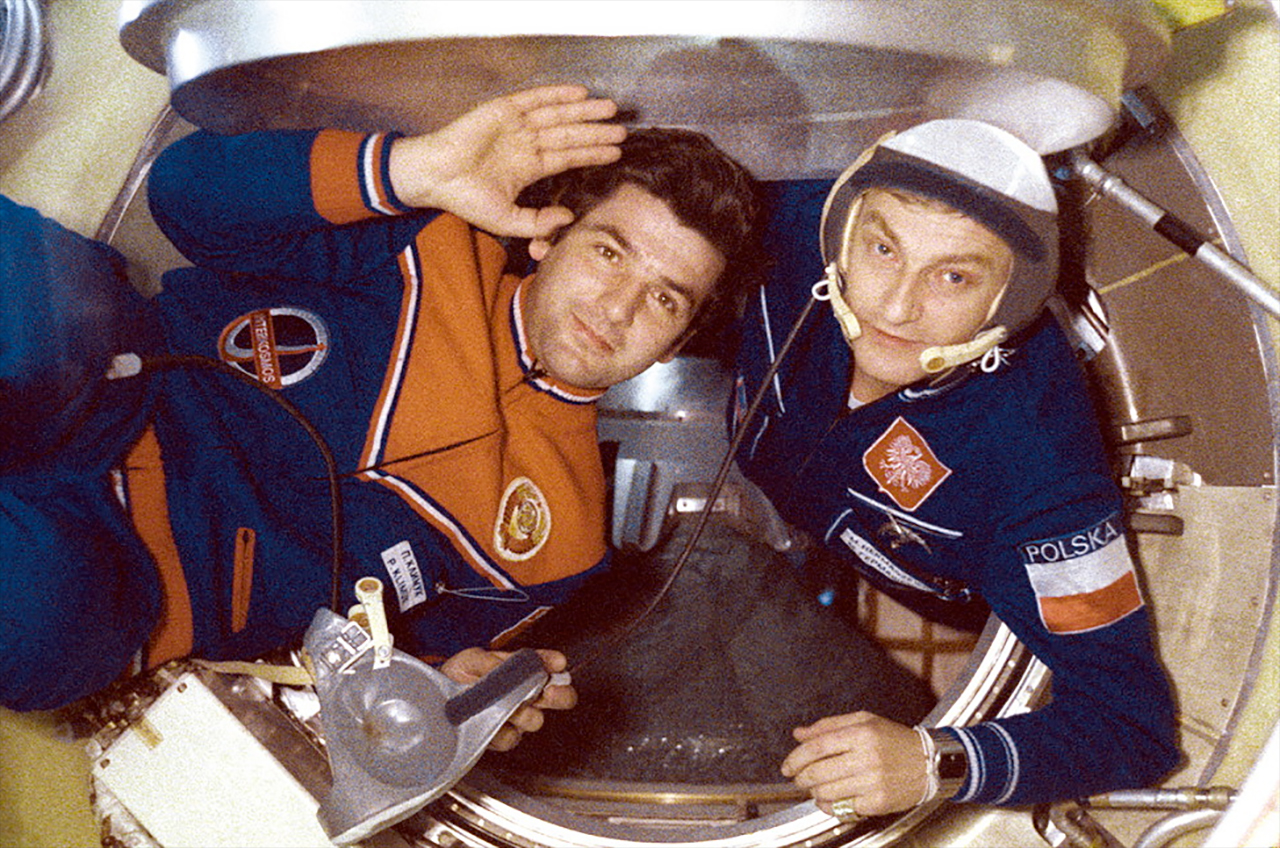
Launching on the second mission in the Interkosmos program, Hermaszewski became the 97th person to fly into space and the 89th to orbit Earth (according to the Association of Space Explorers' Registry of Space Travelers). After docking with the single-module Salyut station, Hermaszewski and Klimuk joined Vladimir Kovalyonok and Aleksandr Ivanchenkov on board the outpost.
During his time in orbit, Hermaszewski helped conduct 11 science experiments, including growing crystals and assessing why some foods tasted better than others in microgravity. He also photographed Earth, and Poland in particular, although cloud cover over his country largely hindered taking images. He also measured his lung capacity and his heart beat, both during exercise and while wearing a pressure suit.
Hermaszewski and Klimuk departed Salyut 6 on Soyuz 30 and returned to Earth on July 5, 1978. On his one and only spaceflight, Hermaszewski logged 7 days and 22 minutes in space.
Miroslaw "Mirek" Hermaszewski was born on Sept. 15, 1941, in Lipniki, formerly of Poland but at the time and now located in Ukraine. He earned his pilot's license in 1961 and began his studies to become a fighter pilot at the "School of Eaglets" in Dęblin, Poland. Graduating at the top of his class, Hermaszewski was assigned to an air defense regiment in Poznań and continued his training to fly the MiG-15 jet fighter. In 1971, he graduated from the Karol Świerczewski Military Academy.
At first ordered to return to Warsaw after his spaceflight was complete, he was later appointed the commander of the Fighter Pilots School in Dęblin and by 1987, became director of the institution. Hermaszewski was promoted to the rank of brigadier general in 1988 and three years later, served as the second-in-command of the Polish Air Force. He continued flying jets until 2005 when he retired from the service, having logged more than 2,000 hours flying time.
Hermaszewski twice staged unsuccessful runs for a seat in the Polish parliament, but was elected in a local election to the Mazovian Regional Assembly in 2002.
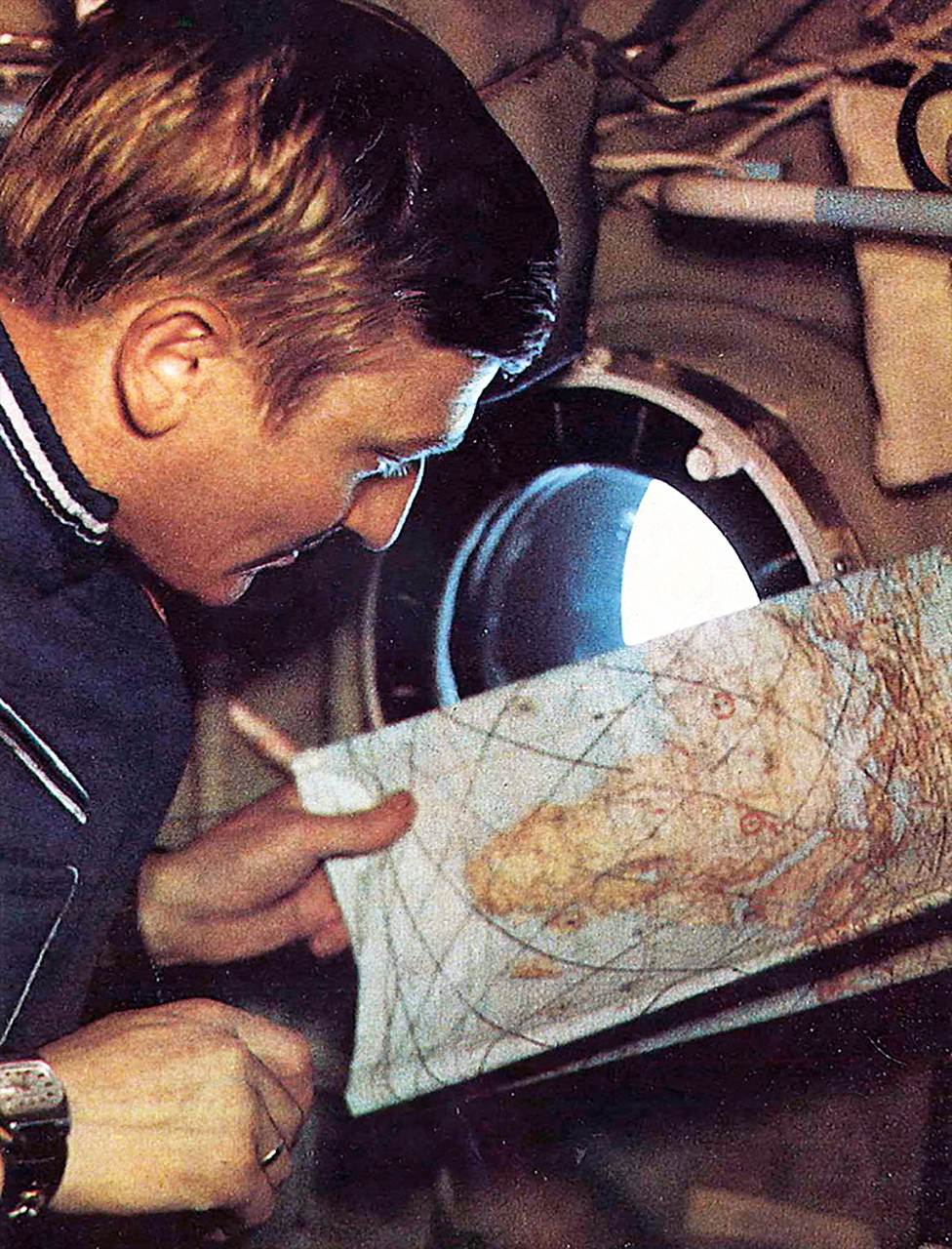
In 2009, Hermaszewski released his autobiography, "Ciężar nieważkości. Opowieść pilota-kosmonauty" ("The Weight of Weightlessness. Story of a Pilot-Cosmonaut"). His likeness has appeared on Polish and international postage stamps, pins and patches, and medallions.
Having worn the first Polish-made digital watch into space, commemorative versions inspired by the timepiece were later produced and sold to the public ("Kosmonauta" by the watchmaking company G. Gerlach).
For his service to his country and to the Soviet space program, Hermaszewski was honored with many medals and awards, including the Gold Star Hero of the Soviet Union and the Order of Lenin.
He was married to Emilia (née Łazar) Hermaszewska in 1966 and together they had two children, Mirosław and Emilia, and four grandchildren.
Follow collectSPACE.com on Facebook and on Twitter at @collectSPACE. Copyright 2022 collectSPACE.com. All rights reserved.
Join our Space Forums to keep talking space on the latest missions, night sky and more! And if you have a news tip, correction or comment, let us know at: community@space.com.

Robert Pearlman is a space historian, journalist and the founder and editor of collectSPACE.com, a daily news publication and community devoted to space history with a particular focus on how and where space exploration intersects with pop culture. Pearlman is also a contributing writer for Space.com and co-author of "Space Stations: The Art, Science, and Reality of Working in Space” published by Smithsonian Books in 2018.In 2009, he was inducted into the U.S. Space Camp Hall of Fame in Huntsville, Alabama. In 2021, he was honored by the American Astronautical Society with the Ordway Award for Sustained Excellence in Spaceflight History. In 2023, the National Space Club Florida Committee recognized Pearlman with the Kolcum News and Communications Award for excellence in telling the space story along the Space Coast and throughout the world.

